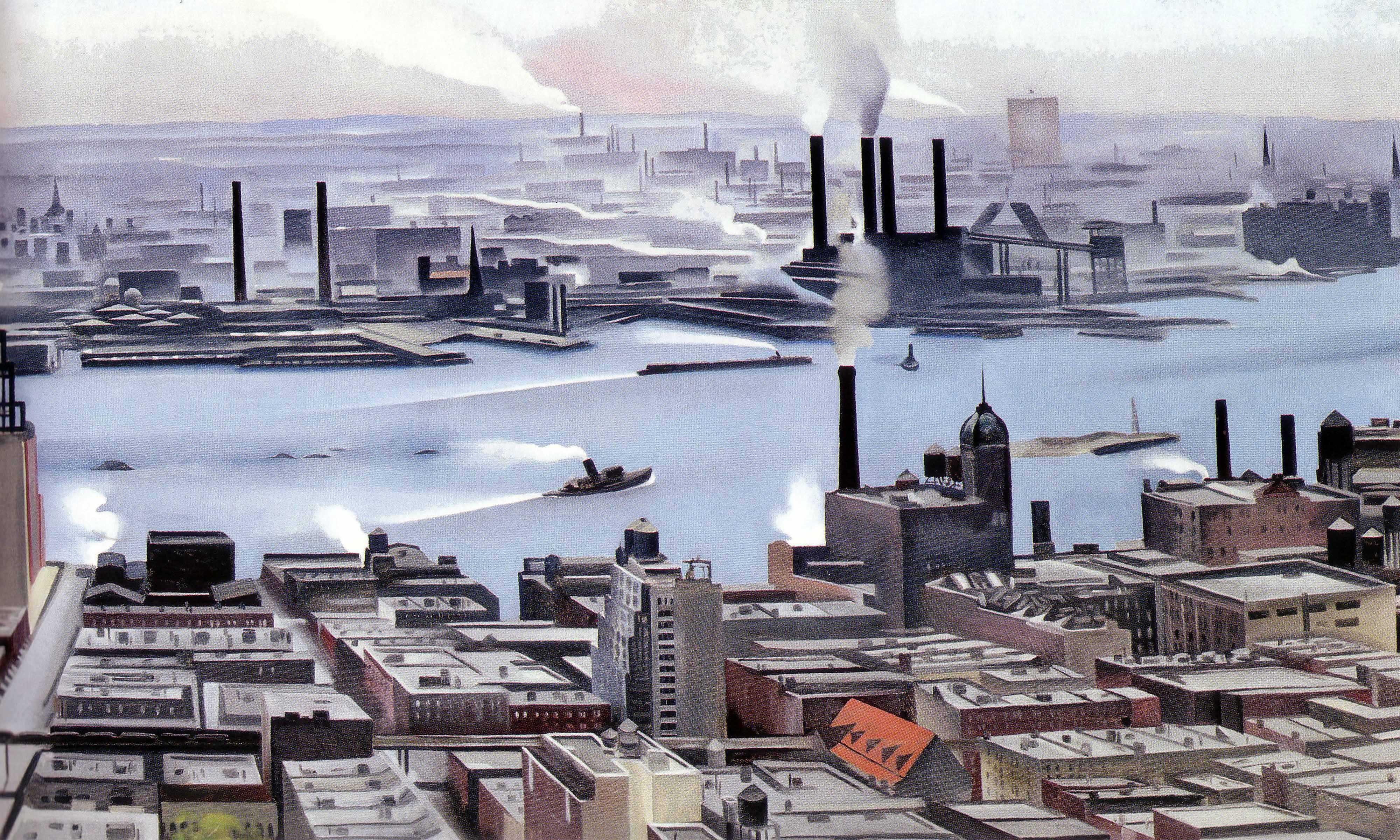ABOUT THE EXHIBITION
Permanent Collection Installation | Modern Times: 1920s-1950s
Two distinct styles dominated American art in the first half of the 20th century: Modernist abstraction, which emphasized the dynamism of line, color, and form; and American Scene Painting, which favored naturalistic depictions of people and places. Drawn from the NBMAA’s permanent collection, Modern Times: 1920s-1950s explores the art and artists associated with these unique styles.
Lauded as one of the most influential events in the history of American art, the 1913 Armory Show introduced thousands of American visitors to experimental styles of abstraction by leading European artists. Audiences were astonished to encounter artworks that favored bold dynamic color and fractured geometric forms inspired by modern industry, science, and culture. For many artists, the Armory Show served as a catalyst to radically break from tradition, and its impact can be seen in the works of Stuart Davis, Balcomb Greene, and Esphyr Slobodkina, who embraced abstraction as an expression of modern life in America.
A debate emerged at the time of the Armory Show over who and what would define American art in the 20th century—abstraction or realism. American Scene Painters like Yvonne Pene Du Bois, Andrew Wyeth, and Henrietta Wyeth rejected abstraction as a European trend and instead chose to depict everyday scenes of American life in a realistic style. Against the backdrop of the Prohibition, the Great Depression, and the onset of World War II, American Scene Painting captured hardships, joys, and ordinary moments in American communities and spaces.
Countless artists, including Milton Avery, Fairfield Porter, Georgia O’Keeffe, and Beatrice Cuming, merged elements of both styles, inflecting their representations of American life with a modernist sentiment that continues to capture our imagination and consider the question: what defines American art of the 20th century?
